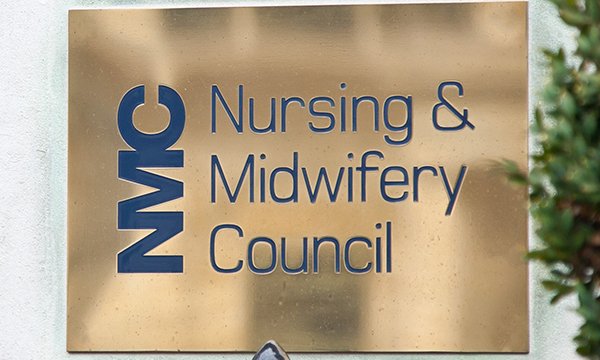Nurse struck off after false claims about dying patient’s care

Hidden camera showed care home resident died distressed and alone despite home’s deputy manager – the sole nurse on duty– putting on record she had made hourly checks and later verified death

A nurse who failed to deliver appropriate end of life care and carry out proper checks to verify the death of a patient with COVID-19 has been struck off.
Milena Stancheva was the deputy manager and sole nurse on shift at Pear Tree Court nursing home in Horndean, near Portsmouth on 1 April 2020 when a patient with suspected coronavirus, who was receiving end of life care died.
A Nursing and Midwifery Council (NMC) fitness to practise (FtP) hearing heard how the patient’s relative had installed a covert camera in the patient’s room in response to an unrelated matter. Footage revealed that hourly welfare checks on the person were missed by the nurse and care staff, appropriate PRN medications (medications as required) were not provided, and the patient had died alone and in distress.
Covert filming revealed nurse made false claims about verifying death
Ms Stancheva failed to verify the death by listening to the person’s heart with a stethoscope, check the eyes with a torch, carry out five minutes of respiratory effort respirations and carry out checks for pain responses. She had, however, told a local investigation that she had verified the death with these checks, but the covert camera revealed this was not the case.
The clinical lead nurse at the care home told the panel that verifying a death should involve checking the carotids, all the pulses, listening to the chest with a stethoscope and checking for reflexes by pinching the ear.
‘If you were doing the checks properly it would probably take you about ten minutes because you would go away for a few minutes and then go back and repeat the process,’ the witness said.
‘Patients and their families must be able to trust nurses with their lives and the lives of their loved ones’
Nursing and Midwifery Council fitness to practice panel
Regional director of home operator Sussex Care UK Nursing and Residential Care Services, said in evidence: ‘I did not see at any time in that footage where Milena had done anything more than stick her two fingers on the carotid artery to try and find a pulse for about three seconds. To me that is not verifying death.’
Ms Stancheva later signed the patient’s welfare chart indicating that she had performed hourly welfare checks, when she had not. She did the same for the repositioning chart.
- RELATED: How to verify a patient’s death
Verification of death ‘a clear and important process’
The NMC panel stated that the verification of death is ‘a clear and important process’ and found the nurse had been dishonest about her actions. It stated Ms Stancheva’s conduct was ‘a significant departure from the standards expected of a registered nurse.
‘Nurses occupy a position of privilege and trust in society and are expected at all times to be professional. Patients and their families must be able to trust nurses with their lives and the lives of their loved ones.’
In other news

